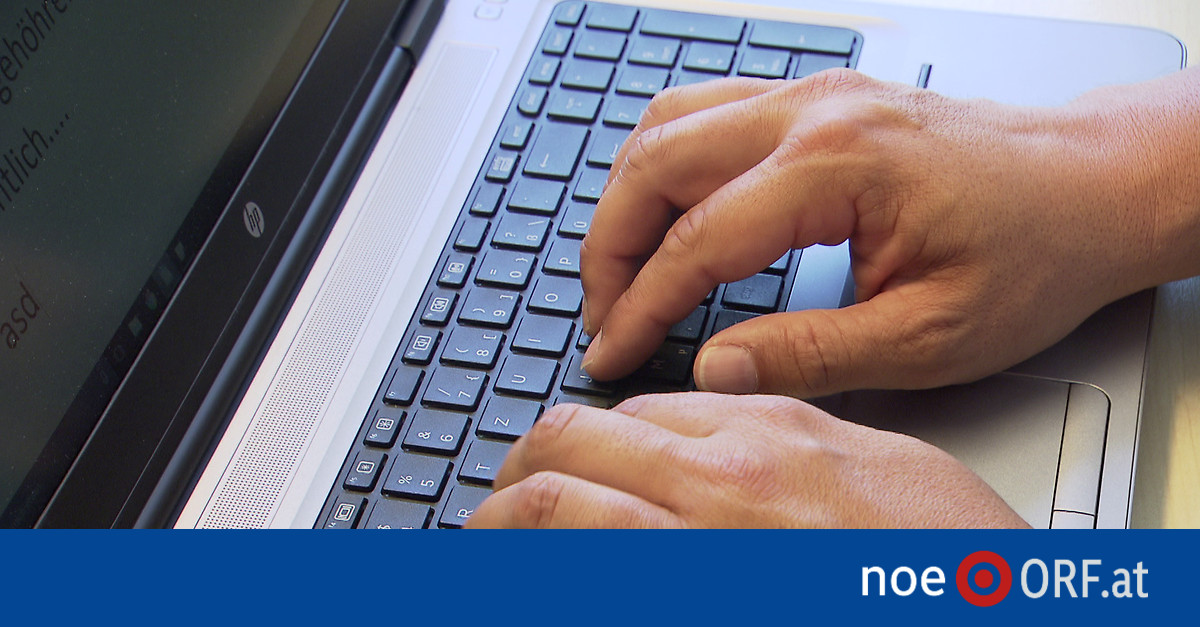Not only cars and heating consume energy, but so does the Internet. Although it is not directly visible there, as with the exhaust, for example, it is not as clean as it often seems. The e-mail comes with around 50 grams of CO2 emissions attached. If you send 20 such emails, you can drive a kilometer by car.
Emails on a world tour
The reason for the high energy consumption in the digital world is the servers. It operates day and night and is mainly located in the USA. All data that we send and consume is stored on a single device. And many people don’t realize that everything we do online also has financial consequences, explains Petra Murawa-Zechner. She works as a web designer and, as an expert in sustainable Internet infrastructure, also advises a number of companies in Lower Austria. So it is server farms that primarily consume electricity for cooling.
Messages have to travel halfway around the world before they reach the recipient. In addition, it is also stored, resulting in a massive backlog of data that is often no longer needed. It takes quite a bit of power if you sync your email folder on multiple devices.
The most popular emails are “Have a nice weekend” and “Thank you”
If you compare the energy consumption of an email to that of a letter, you might think that email would be more efficient. But this is often negated by the so-called “bounce effect”. “You just have to think about how many emails and how many messages we send each day. Technology is so exploited that it is becoming obsolete again because we simply send too much of it,” says Murawa-Zechner. Emails, which are actually not necessary, carry particularly great weight here. The most sent messages are “Have a nice weekend” and “Thank you”.
Social media also consumes a lot of electricity. “If soccer player Cristiano Ronaldo posts a photo on Instagram, you can provide 10 homes with electricity for a year,” Murawa-Zeichner knows. It is because millions of followers like or comment on the photo.
Delete emails and dark mode saves power
Big tech companies now rely on servers in Scandinavia. The reason for this is the cheaper electricity that is generated from renewable energies. “Large companies in particular are in the process of making their use more efficient. We are in an energy crisis where savings must be achieved at all levels, ”explains the expert. In any case, the efficiency of the Internet infrastructure will be improved by 20 percent annually.
If you want to reduce your environmental footprint, it is best to pay attention to email attachments. Pictures and other files cause email to consume more carbon dioxide than purely written messages. Signatures, for example, are a big topic here. They often contain images or attachments that make emailing a quick – literally – harder. Because the fewer attachments an email has, the fewer grams of carbon dioxide it ultimately consumes.
And if you want to save on electricity as an end user, there are many options, Morawa-Zechner explains. The “dark mode” for OLED devices is particularly useful here. This darkens the device screen and consumes minimal power. But deleting entire emails or email addresses that are no longer needed also helps reduce greenhouse gas emissions.

“Total coffee aficionado. Travel buff. Music ninja. Bacon nerd. Beeraholic.”








More Stories
Wealthy families take more risks when it comes to money.
Salesforce and NVIDIA Form Strategic Collaboration to Drive AI Customer Innovation
Changing banks causes problems for customers